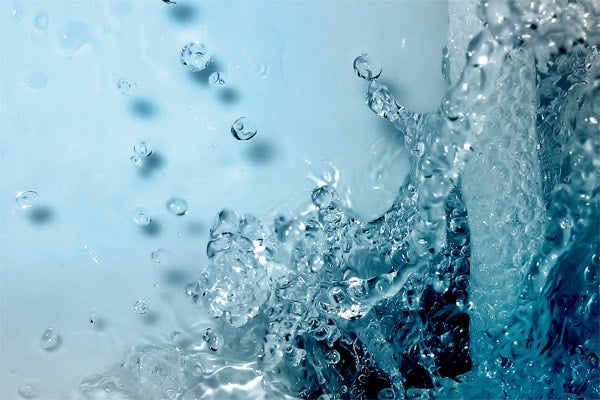
Making learning fluid
Published: April 18, 2012
As a Vancouverite, Kate Campbell grew up with an innate understanding of the importance of water.
“Water surrounded us,” she says. “Some of my earliest memories are of watching the fish jump up the ladder at the Capilano River fish hatchery.”
Now, Campbell is educating others about water. As part of her Master of Science in Biomedical Communications research project, the UTM student is developing and evaluating an interactive water learning module for the Ontario grade 8 science curriculum.
Campbell is focusing on the relationship between water and energy. The complexity of the concept lends itself well to interactive learning, she says.
“It addresses many areas students have trouble understanding, such as the impact of changes on a system.”
The half-day module is designed for a group learning environment using either an interactive whiteboard or computer. Graphics and interactive elements – all created by Campbell – expand on information provided in the module’s text. For instance, the hydropower chapter includes an animated hydroelectric plant with toggles. Students can move the toggles, which adjust flow rate and see how the changing values influence power and energy output. As well, Campbell uses graphics to illustrate information about world energy production, hydropower production by country and hydropower in Canada.
“The visual aspects support the data and statistics,” says Campbell. “Students can work through the data by dragging and dropping, clicking to animate and clicking to reveal different functions.”
The project is a collaborative effort between Campbell, the Program on Water Issues at U of T’s Munk School of Global Affairs and WaterCan, a Canadian NGO dedicated to clean water projects. Campbell’s module will be housed online on WaterCan’s Water Wisdom portal, as part of the H2Oh! learning series.



